Help with vegetable garden design
pbl_ge
12 years ago
Featured Answer
Comments (8)
deviant-deziner
12 years agolast modified: 9 years agorosiew
12 years agolast modified: 9 years agoRelated Professionals
Comstock Park Landscape Architects & Landscape Designers · Kenmore Landscape Architects & Landscape Designers · Taylorsville Landscape Architects & Landscape Designers · Wilmington Landscape Contractors · Bainbridge Island Landscape Contractors · El Segundo Landscape Contractors · La Vista Landscape Contractors · New Baltimore Landscape Contractors · Saint George Landscape Contractors · Waltham Landscape Contractors · West Haverstraw Landscape Contractors · Wilsonville Landscape Contractors · Antioch Landscape Contractors · Del Aire Decks, Patios & Outdoor Enclosures · Lincoln Swimming Pool Buildersmad_gallica (z5 Eastern NY)
12 years agolast modified: 9 years agopbl_ge
12 years agolast modified: 9 years agodeviant-deziner
12 years agolast modified: 9 years agooliveoyl3
12 years agolast modified: 9 years agomissingtheobvious
12 years agolast modified: 9 years ago
Related Stories
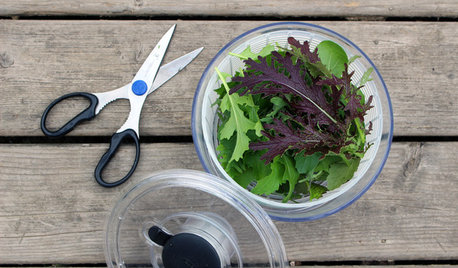
FARM YOUR YARDThe 8 Tools That Help Bring the Farm to Your Table
Vegetable gardeners get a big assist from these essential helpers
Full Story
PETS6 Ways to Help Your Dog and Landscape Play Nicely Together
Keep your prized plantings intact and your dog happy too, with this wisdom from an expert gardener and dog guardian
Full Story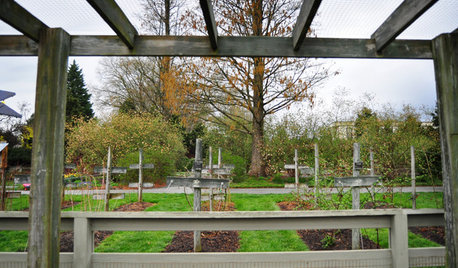
GARDENING AND LANDSCAPINGVegetable Growing Lessons From Longwood Gardens
Get ideas for your own edible landscape from a Pennsylvania showpiece and teaching garden
Full Story
FARM YOUR YARDAdvice on Canyon Farming From L.A.'s Vegetable Whisperer
See how a screened garden house and raised beds help an edible garden in a Los Angeles canyon thrive
Full Story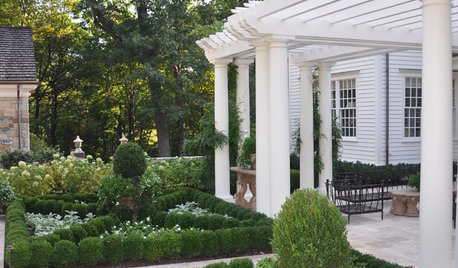
GARDENING AND LANDSCAPINGCream-of-the-Crop Vegetable Gardens
Both trendy and traditional, these inspired potager designs turn the everyday vegetable garden into art for your landscape
Full Story
GARDENING GUIDESVegetables and Flowers Mix in Beautiful Edible Gardens
Ornamentals, meet your edible garden mates. We know you'll get along just beautifully
Full Story
MOST POPULARHow to Start a Cool-Season Vegetable Garden
Late summer and late winter are good times to plan and plant cool-season crops like salad greens, spinach, beets, carrots and peas
Full Story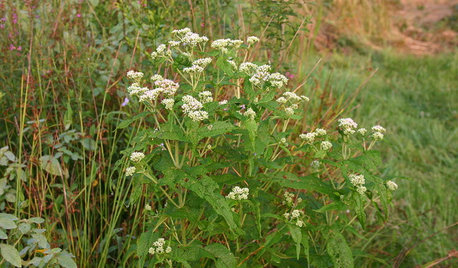
GARDENING GUIDESGreat Design Plant: Common Boneset Helps Good Bugs Thrive
Support bees, moths and butterflies with the nectar of this low-maintenance, versatile and tactile prairie-style plant
Full Story
GARDENING GUIDESGreat Design Plant: Grow Blueberries for Their Fruit and More
Eastern gardeners should consider growing blueberry plants for their delicious fruits, bee-friendly spring blooms and brilliant fall foliage
Full Story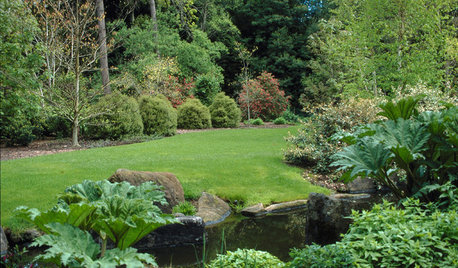
GARDENING GUIDESYou Don't Need Prairie to Help Pollinators
Woodlands, marshes, deserts — pollinators are everywhere
Full StoryMore Discussions






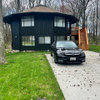

pam29011